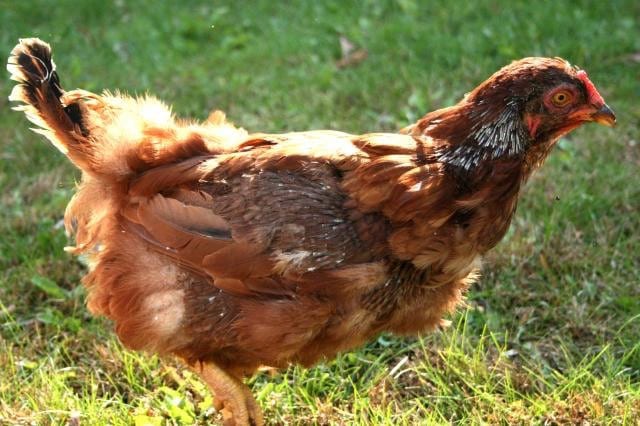


Is My Pet Chicken Going Through A Feather Moult?
What Is Feather Moulting In Chickens?
As the nights draw in and the daylight hours reduce your hen may begin going through her annual feather moult. It can be quite alarming when you see your beloved chicken is losing her feathers, the sudden change can be very dramatic and happen overnight. Although there are other reasons a chicken can lose her feathers the main cause is when they go through their annual feather moult. Don’t panic! It is completely natural and apart from some extra feed requirements there is not much to worry about.
Pet Chickens just like other animals go through a natural cycle when they need to reproduce new feather growth. Just like with cats, dogs and even humans, old growth is shed and new fur, skin… feathers are gown. The moulting process allows your chickens to shed old and worn feathers and then re-grow fresh, shiny, new ones. It is a natural cycle and will occur usually at the change of the season from summer into winter as the daylight hours are greatly reduced. The feather moult also allows your laying hens time to rejuvenate their reproductive organs as they will usually stop laying during this time.

How Long Does a Chicken’s Feather Moult Last and What Ages Do Chickens Start To Moult?
In most chickens feather moulting will begin fully once they are about 18 months old, however, some chickens will also go through a juvenile moult this can happen anywhere from 6 months up, a juvenile feather mouth is usually in very small amounts and localised to one area. Once they have a full moult the process from shedding to re-growing their feathers usually takes about 8-12 weeks but has been known to take a bit longer in some breeds.
How Will My Chicken Behave When Moulting?
Most hens will carry on about their business as usual, they should continue eating and drinking, they may even have an increased appetite for protein due to needing more than normal. They will most likely seem their happy cheerful self, although they can be a little aloof. Despite looking like something form a horror movie they will most likely seem unaffected! If at any point they do stop eating and drinking or seem overly lethargic and unhappy then this is likely to be something other than their annual moult. They will also either stop laying altogether or very reduced egg production during this time as they give their reproductive organs a rest to conserve energy to grow new feathers.

Is My Chicken Going Through A Feather Moult? Or Is My Chicken Sick?
There are a few other ailments that can cause a chicken to lose feathers, listed below:
3 Reasons Why A Chicken Can Loose Feathers.
- Mites and Lice. These are one of the main alternative causes for father loss in chickens. Have a very good look at your chicken’s skin, part the under-fluff especially around their back ends and see if you can see any nasty creepy crawlies on their skin. If you have a mite or lice infestation that has caused feather loss you should be able to actually see them and there should also be tell-tale signs of lice/mite debris, paling of the combe and wattle and skin irritation. This should be treated immediately. How to Treat Your Chickens for Lice and Mites.
- Broodiness. This can also cause a hen to lose feathers but is more prevalent in pure breeds and bantams such as Silkies, Pekin Bantams, Polish Hens etc… and less seen in larger hybrid hens. A broody hen will also stop laying; however, unlike a feather moulting hen a broody hen will sit on her nest continuously. Broody hens will sometimes pluck her feathers from localised areas on her body most likely the chest area and the base of her tail, she uses these to line her nest to help keep it warm. Sadly, there is not much you can do to discourage a broody hen but being able to spot the difference between a broody and moulting hen is always good to know as your moulting hen will need a more protein rich diet during her moult.
- Shock Moult Stress. Sometimes chickens suffer with stress, this is more widely seen in smaller bantams and pure breed chickens but can occur in any breed of hen. Their environments are very important to them as well as their flock mates. You may see your hen lose feathers if you have made some changes to their run, house, if there has been a fox prowling at night, you may have introduced new flock members or there has been a sudden loss in your flock that may be felt more deeply by one hen in particular. Look at your set up and watch their behaviour to see what you can do to resolve this.
If your hen is showing no other symptoms of an illness, seems happy in herself and has had a sudden and dramatic feather loss then you can be quite confident she is simply going through the moult.
What Can I Do To Help My Chicken Through Her Feather Moult?
When your chicken moults she will use up a lot of her protein and iron stores in her body. Feathers are made of 80-85% protein so re-growing them will pretty much deplete her of protein, you can help her by increasing the amount of protein you give along side her regular pellet feed. Protein is essential for building muscle and new tissue and as she grows new feathers she will benefit from an increase of natural protein. We don’t recommend using soy products but alternatively use natural healthy sources such as seeds, peanuts (in small amounts), by far the best source of protein are mealworms and crustaceans. You can also add ½ a teaspoon of ginger powder to her regular feed once a day, ginger has been proven to help speed up the growth of new tissue and feathers so this will also benefit her. Alternatively, you could try our specially formulated Feather Moult Pipinchick Forager Treat Mix, created with extra protein, ginger, added B12 vitamins and complexed carbohydrates which will also give your hen an energy boost during her moulting period.
5 Main Symptoms That Your Chicken Is Feather Moulting
- Sudden and dramatic loss of feathers.
- Pale combe and wattles.
- Reduction or even complete stop in egg production.
- Increase in appetite especially for proteins.
- New feather growth.



